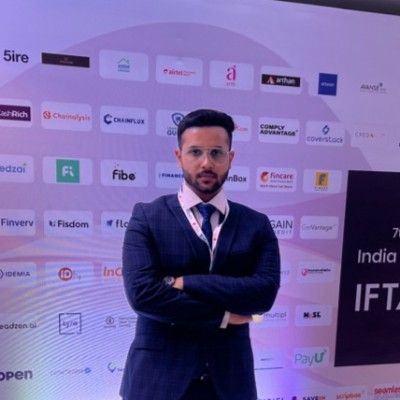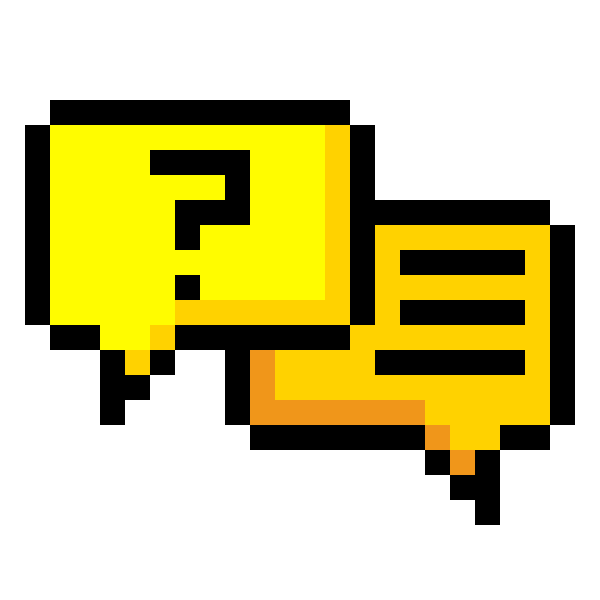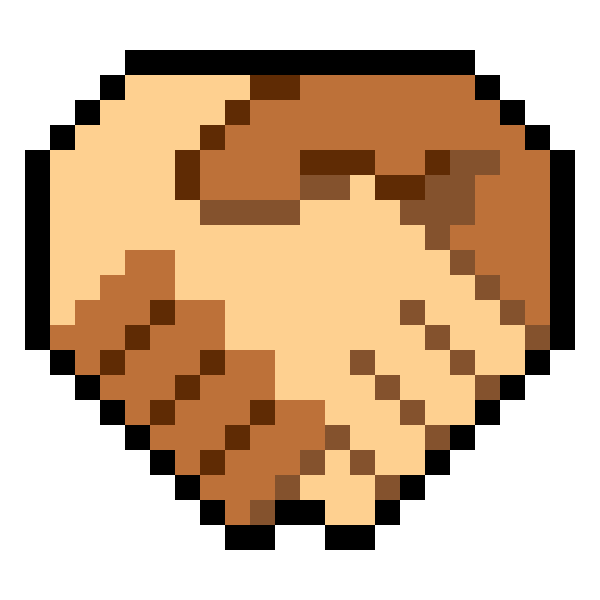Audio Presented by

Building and Covering the latest events, insights and views in the AI and Web3 ecosystem.
Story's Credibility



About Author
Building and Covering the latest events, insights and views in the AI and Web3 ecosystem.

Building and Covering the latest events, insights and views in the AI and Web3 ecosystem.


Building and Covering the latest events, insights and views in the AI and Web3 ecosystem.